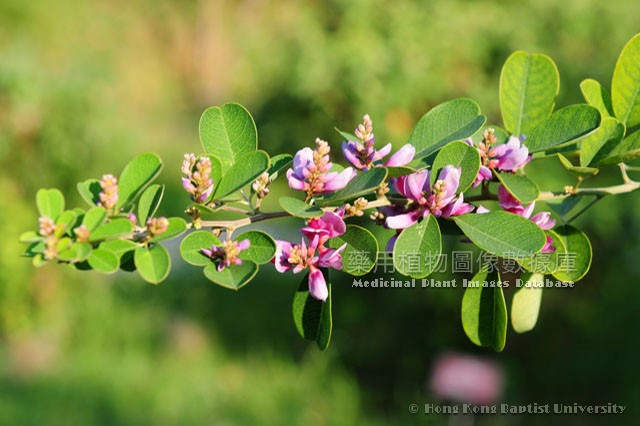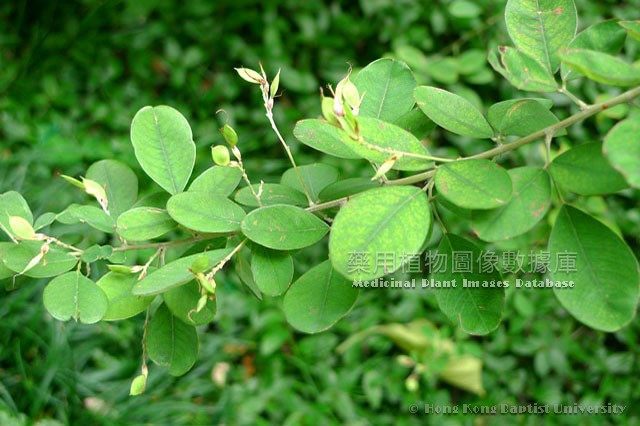|
Lespedeza Formosa (Vog.) Koehne


|
English Name |
Beautiful Lespedeza, Hunberg Lespedeza, Beautiful Bushclover, Beautiful Lespedeza, Spiffy Bushclover, Pubescent Bush-clover |
|
Latin name |
Lespedeza Formosa (Vog.) Koehne |
|
Family & Genus |
Fabaceae, Lespedeza |
|
Description |
Shrub, 1-2m tall. Branchlet covered by sparse soft hairs. Leaf with 3 leaflets, elliptic, long circular elliptic or ovate, both end slightly pointed or slightly blunt, 2.5cm long, upper surface covered by short soft hairs, green, lower surface covered by appressed short soft hairs; petiole 1-5cm long, covered by short soft hairs. Raceme 6-15cm, longer than leaf, or several making up of a basidixed panicle; peduncle 10cm long; peduncle short, covered by hairs; calyx campanulate, 5-7mm long, with 5 deep lobes, lobe long circular lanceolate or lanceolate, 2-4 times of calyx tube in length; corolla reddish purple, 1-1.5cm long, vexil nearly round, base with ear and carpophore, ala invert ovate long circular, shorter than vexil and carina, base with ear and thin and long carpophore, carina longer than vexil, with ear and thin and long carpophore; stamens 10; ovary with 1 ovule. Pod invert ovate, invert ovate long circular or lanceolate, 8mm long, 4mm wide, with net strips, sparsely covered by rusty hairs. |
|
Distribution |
Growing on hill-slopes, roadsides and in thickets of forest margins. Distributed in Hebei, Shanxi, Henan, Shandong, Jiangsu, Zhejiang, Fujian, Taiwan, Jiangxi, Hubei, Hunan, Guangdong, Guangxi, Yunnan, Guizhou, Sichuan, Shanxi, Gansu and Ningxia. The medicinal materials are mainly produced in North, East and Southwest China, Guangdong and Guangxi. |
|
Part Used |
Medical part: stem leaves. Chinese name: Masaozhou. |
|
Harvest & Processing |
Collected before flowers open, used fresh or chopped into segments, and sun-dried. |
|
Chemistry |
Contains berulic acid, aleuritolic acid, ursolic acid, quercetin, apigenin, baicalein, farrerol, Iespedezaflavanone F, G, kaempferol, procyanidin B-3, prodelphinidin B-3, C-2, sterols, steroid, catechin, cinnamon acids and other organic acid. |
|
Properties & Actions |
Taste bitter, neutral in nature.Clearing heat, disinhibiting urine and relieving strangury. |
|
Indications & Usage |
Used for pyretic stranguria, difficulty in micturition.Oral administration: decocting, 30-60g. |
|
Examples |
Difficulty in micturition: fresh beautiful lespedeza stem, leaves 30-60g, fresh whole herb of goldensilk grass 30g. Decoct in water and swallow. |
|

